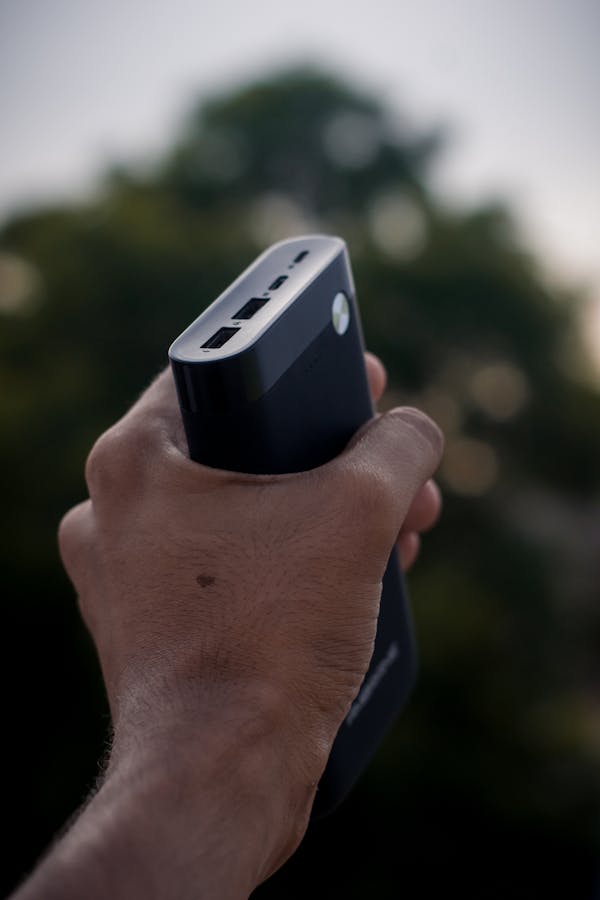Mobile energy technologies can power music festivals with a more resilient, eco-friendly alternative to diesel generators. They’re quieter and can run indoors, enabling productions to reduce carbon emissions while keeping their sets running smoothly.
The growth of cellular networks has outpaced the spread of electricity in many countries. This has resulted in significant energy demands for phone charging.
Battery Energy Storage Systems (BESSs)
A BESS can absorb or release electricity almost instantly, which is helpful for balancing power supply and demand, stabilizing the grid, and maintaining a consistent frequency. They also enable renewable energy, enhance grid efficiency, and reduce emissions.
On a more local level, a BESS can allow homes and businesses with solar panels to store excess power, reducing their electricity bills and increasing energy independence. It can also be used as backup power during power outages, ensuring the continued operation of critical infrastructure. Check out more relevant information at betl.
There are many different types of BESSs, with each having their own advantages and disadvantages. Lithium batteries are the most popular choice, as they offer high energy density and are lightweight. However, there are concerns about lithium price volatility and environmental pollution from the mining process. Alternatives include lead-acid batteries, flow batteries, and flywheels. Galvanic isolation is essential in BESS systems to prevent electrical ground loops and reduce risk of device damage. HMS provides remote access solutions and SCADA/HMI visualization software to help ensure the safety of your system components and increase overall reliability.
Solar-powered generators
Many people use solar-powered generators to power essential appliances during a power outage or to keep lights on in an emergency. These portable generators combine a battery with a UPS with surge protection and an inverter to power AC devices. Depending on the size, a solar-powered generator can run a refrigerator, freezer and multiple appliances.
Most solar generators feature a battery management system (BMS) to regulate the charging and discharging of individual battery cells. The BMS monitors each cell’s performance and shuts down the generator when it’s overheating or underperforming.

When shopping for a solar generator, check the device’s wattage and maximum power output to determine how much the generator can handle. Look for a model with a high starting wattage to power large amenities like an air conditioner, or a higher peak power rating if you’re looking to power a variety of devices at once. For example, an Anker solar power station can run two 70W stand fans and a 60W AstroAI refrigerator/freezer at the same time.
Wind-powered portable generators
A wind turbine generator is a great way to produce clean energy. It is a simple, efficient and cost-effective alternative to traditional power sources. It can be used for a wide variety of applications, including water pumping, home lighting, charging batteries and more. It can also be used in conjunction with solar panels for hybrid power solutions.
One advantage of using a portable wind-powered generator is its portability and ease of use. This makes it ideal for camping, hiking, fishing and other outdoor activities. However, it is important to note that this type of power generation requires a good wind resource.
Moreover, some neighborhoods and urban areas have height restrictions that must be met in order to install a wind turbine. As such, it is best to work with your local utility company to determine the requirements. They can provide a list of necessary requirements for connecting your system to the grid. This will help ensure the safety of your equipment and minimize outages during inclement weather.
Remote sensor networks
Sensor networks are complex technological systems composed of autonomous nodes that monitor environmental conditions. They include sensors, data processors, communication devices and power sources such as batteries. They can be either passive or active. Passive sensors detect naturally observable phenomena such as the Earth’s radiation. These can be detected by satellites, airplanes, submarines or UAV drones. Active sensors emit a signal such as light, infrared radiation or electrons that bounce off the target and collect data upon their return. These signals can then be collected by a sensor device such as a lidar or RADAR.
Traditional wireless sensor networks (WSNs) consist of distributed instrument clusters referred to as sensor nodes or “motes” and a primary mesh network manager, or “gateway”. However, communication distances can be limited by vegetation coverage1, and power consumption is a concern in remote environmental settings relying on portable power supplies1.